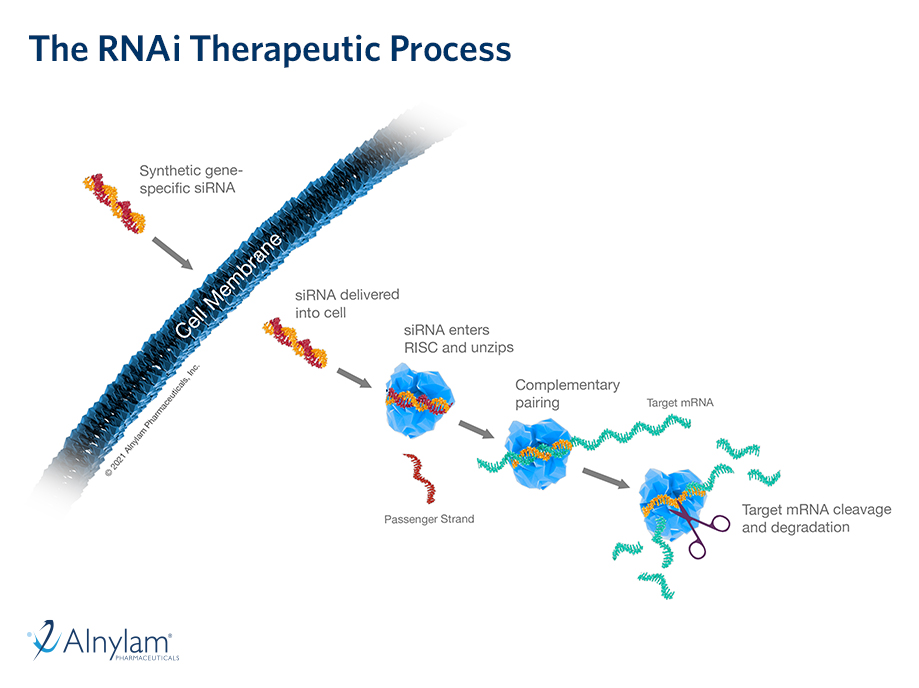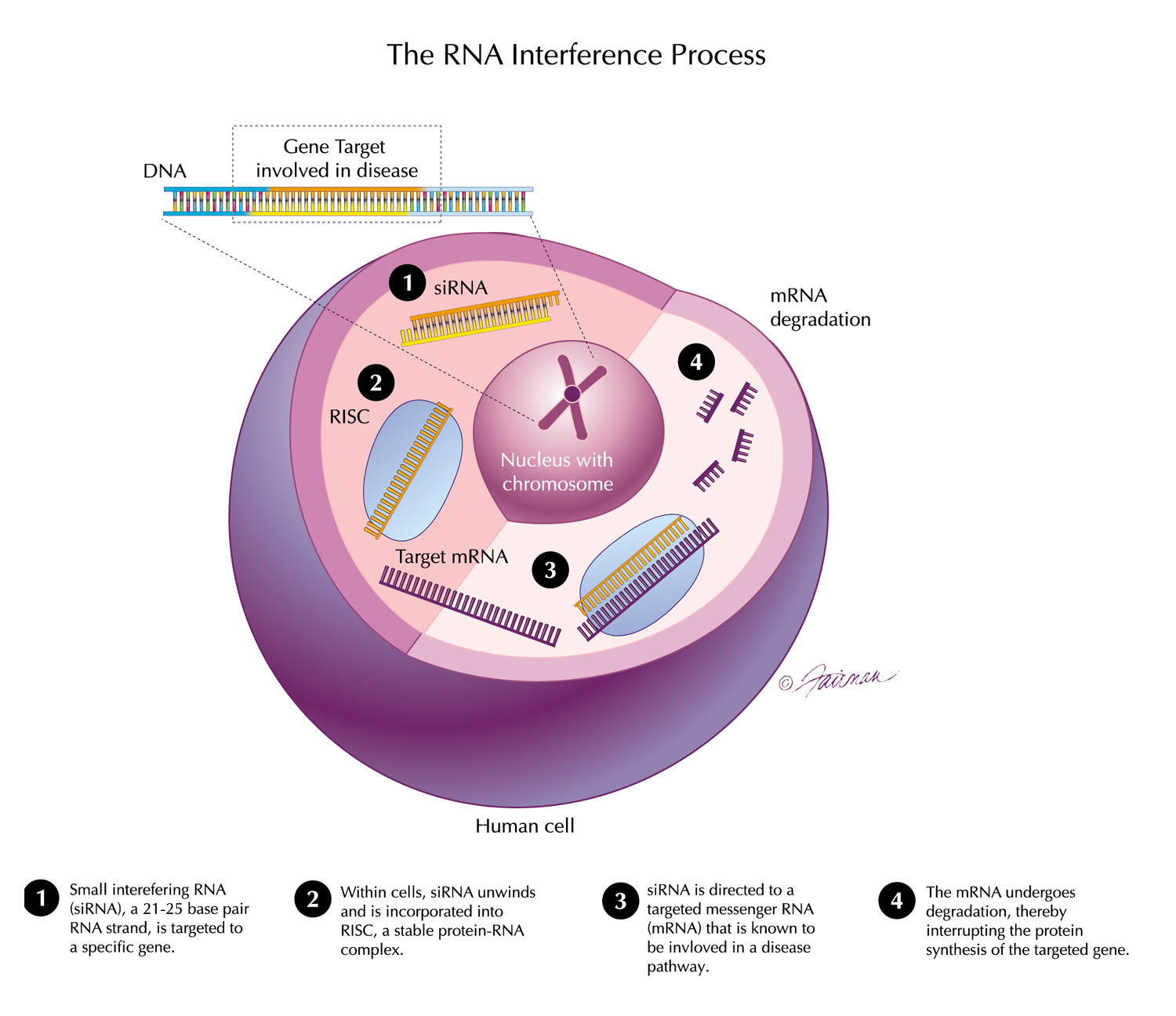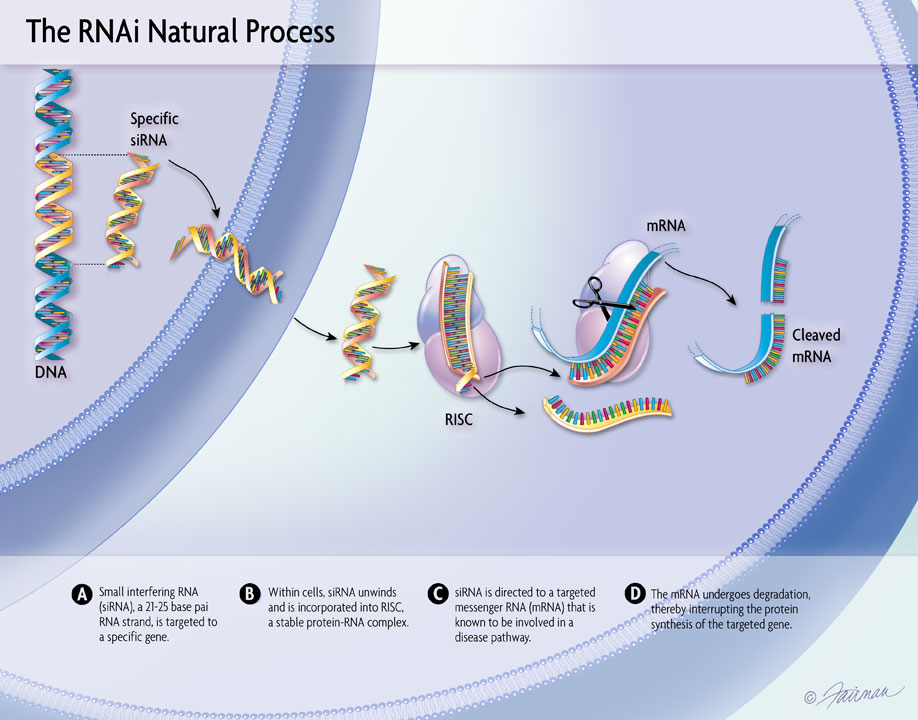
15 Apr, 2019 New Positive Results from Phase 2 Open-Label Extension Study of Lumasiran in Patients with Primary Hyperoxaluria Type 1
We presented new results from the ongoing Phase 2 open-label extension (OLE) study of lumasiran, an investigational RNAi therapeutic targeting glycolate oxidase (GO) for the treatment of primary hyperoxaluria type 1 (PH1) at the International Society of Nephrology (ISN) 2019 Annual Meeting held on April 13-16 in Melbourne, Australia.
All patients (N=20) from the Phase 1/2 study have now transitioned to the Phase 2 OLE study designed to evaluate long-term safety and efficacy of lumasiran.
The interim Phase 2 OLE results were reported with 18 patients dosed in the OLE as of the data cut-off date of February 8. There were no discontinuations from study treatment. A single patient (1/18; 5.6 percent) reported two serious adverse events (SAEs) of traumatic brain injury and bone contusion sustained in a car accident; neither was assessed as related to study drug. Adverse events (AEs) were reported in 12/18 (66.7 percent) patients. Injection site reactions were reported in 3/18 (16.7 percent) patients; all were mild and assessed as related to study drug. There were no clinically significant laboratory changes.
Lumasiran demonstrated a 72 percent mean maximal reduction (range: 41-90 percent) in urinary oxalate excretion relative to Phase 1/2 baseline after dosing in all cohorts (N=9). The mean reduction relative to baseline at Day 85 was 69 percent (N=7). Lumasiran also demonstrated a mean maximal reduction in urinary 24-hour oxalate/creatinine ratio of 77 percent (range: 57-91 percent) relative to Phase 1/2 baseline across all cohorts (N=10). The mean reduction relative to baseline at Day 85 was 70 percent (N=9).


